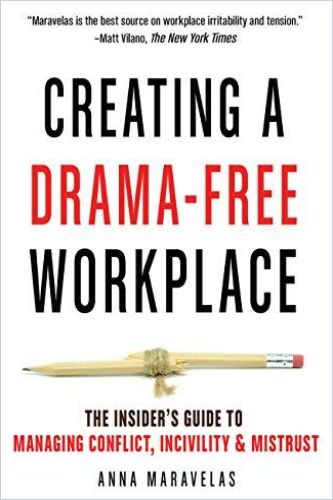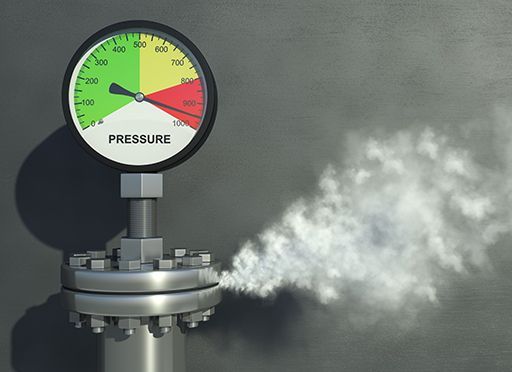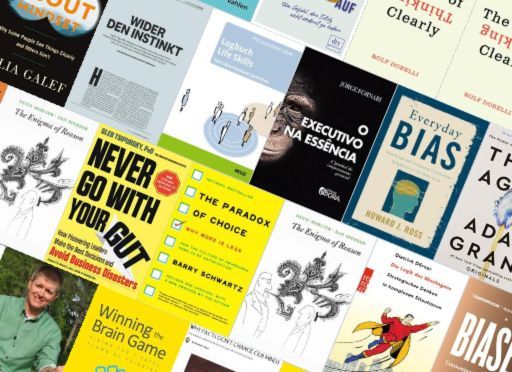The News Is Fake, the Anger Is Real

You read the news; it boils your blood. You take to social media and it stokes the rage. Next thing you know you’re firing off inflammatory posts to soon-to-be-former friends. Maybe it feels like you’re just letting off steam, but anger, when misdirected, can wreak havoc both inside your body and outside in your community. Daily headlines illustrate the worst that can happen when anger goes unchecked.
Anger is triggered by feeling that something is unfair, that you are threatened, victimized or you feel helpless or inadequate. Some people react to stress with anger. When you’re angry, your amygdala, the seat of emotion in the brain, pumps your body full of hormones to prepare it for a fight-or-flight response. It responds automatically to threats, both real and perceived, even before the conscious brain does. The hormone cortisol quickens your pulse and raises your blood pressure to ready you for battle. It also makes you vulnerable to fake news.
Anger Primes the Brain for Misinformation
Researchers found that when they deliberately made their subjects angry, they were more receptive to misinformation if it coincided with previously held beliefs. Angry people were also more confident in the source of misinformation and quicker to come to erroneous judgments. It’s a quirk of human cognition that people remember what upsets them, and what they remember, they assume is true. It’s also the information – or misinformation – they are more likely to spread. More so than through algorithms, people bond over what upsets them.
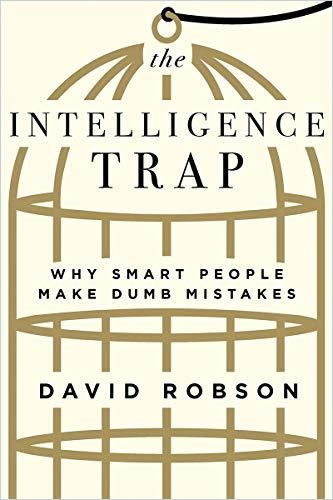
This has nothing to do with intelligence. As David Robson points out in The Intelligence Trap, even very smart and educated people can be “trapped” by their own preconceived notions. Even Sherlock Holmes creator Arthur Conan Doyle was susceptible to fake news. He believed fairies existed and when he saw a photograph of what looked like fairies, he used logical-sounding arguments to persuade himself and others that fairies were real and this was proof. He selected the information that supported his belief while ignoring other, contradictory information. This is “confirmation bias.” It’s akin to “motivated reasoning,” which leads people to dismiss what doesn’t fit preconceived notions. Coming across information that confirms your bias triggers a rush of dopamine, so you actually feel pleasure. You’re rewarded for seeking it out. Guard against drawing erroneous conclusions by trying to debunk your own premises.
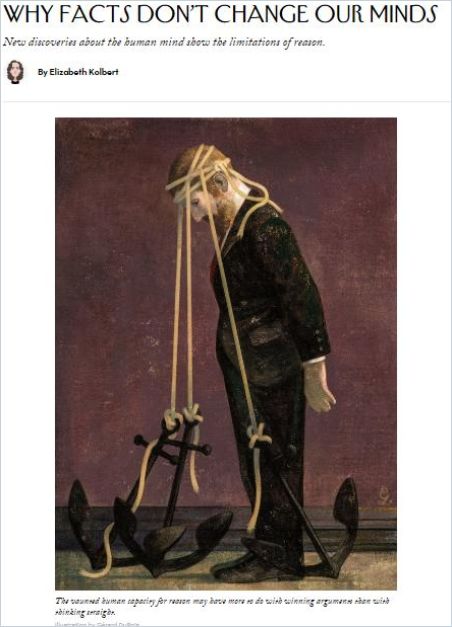
The Dunning-Kruger effect is another cognitive flaw whereby people overestimate their knowledge of a subject. Often experts come to rely more upon intuition instead of carefully analyzing a situation, which leads to errors in judgment. The FBI has a protocol in place to avoid these types of errors. Being aware of the ways in which you can trap yourself within intellectual bias helps to prevent it from happening. Forewarned is forearmed.
Social Media Is the Perpetual Emergency Channel
Social media can raise your pulse too – it’s an effect Cambridge Analytica exploited when running their campaigns for pro-Brexit and political clients, although a divide-and-conquer strategy for politicians is as old as human history.

Another tactic disinformation professionals use is to flood a platform or multiple platforms with so much disinformation that it drowns out the truth, and viewers, not knowing what to believe, disbelieve everything and everyone. It’s a problem that will only grow.
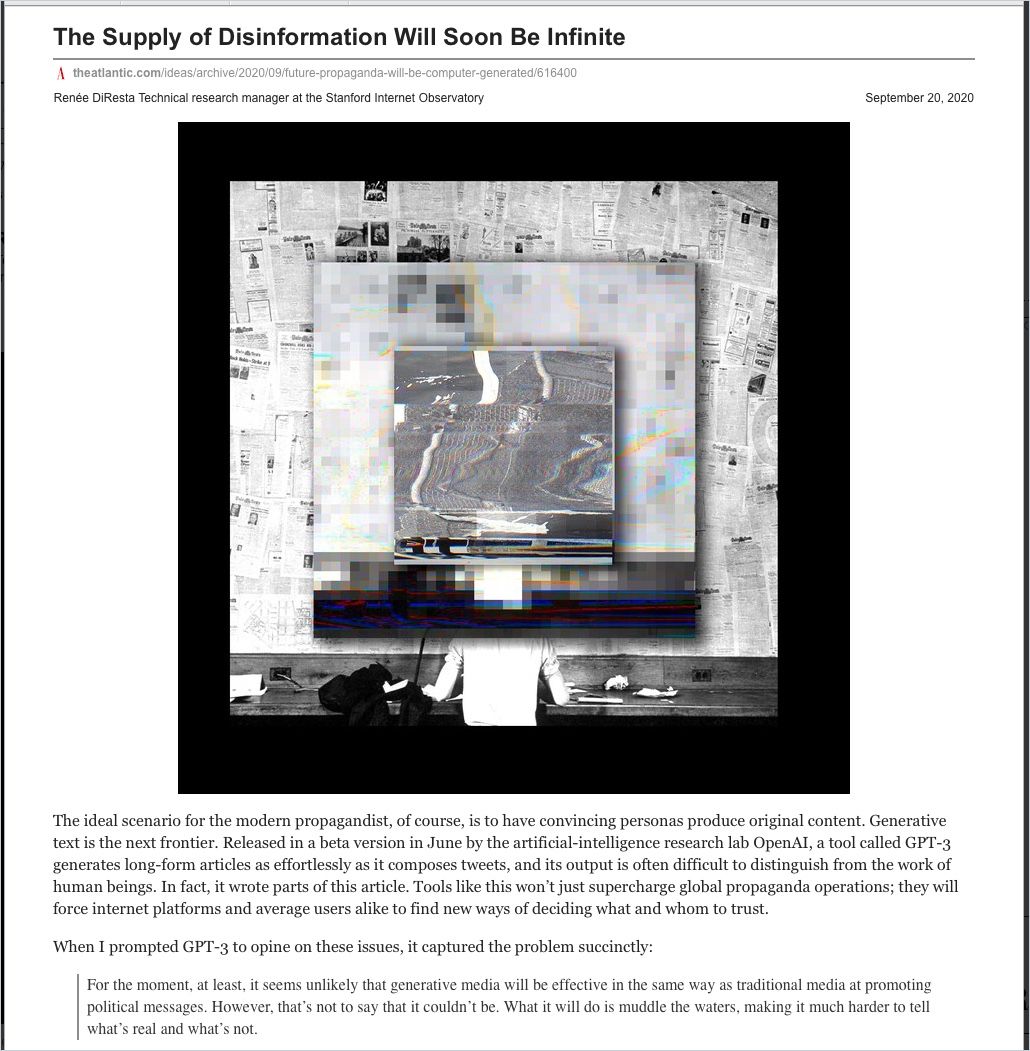
The impact that pervasive unreality within the information space will have on liberal democracies is unclear. If, or when, the flooding of the discourse comes to pass, our trust in what we read and who we are speaking with online is likely to decrease.
Renee DiResta
Complicating this scenario is the fact that what you think you witness on video may not always be true. Terrorist groups and other parties have the technological ability to manufacture video “deepfakes,” something your eyes and ears can’t help but believe. Recognizing the link between fake news and the potential to incite violence, Twitter purged 70,000 disinformation accounts from its site. Facebook banned accounts proliferating the “Stop the Steal” conspiracy theory associated with violence at the US Capitol building on January 6, 2021. While artificial intelligence (AI) proliferates disinformation across multi-channels, it also holds promise for recognizing and guarding against the spread of deepfakes.
Conflict Is a Hot Commodity
According to veteran journalist Matt Taibbi, the news media’s “job number one” is to addict its audiences to conflict and hate. Looking at audiences as consumers rather than citizens is problematic for democracies that rely upon an informed electorate. Media markets are fractured into siloed audiences with no common understanding of the news.

Legal and behavioral economics scholar Cass Sunstein explains in #Republic that because social media feeds you suggestions based on what you already like, platforms can trap viewers into “prisons of their own design,” more commonly known as echo chambers. For businesses based on viewers, conflict messages drive clicks.
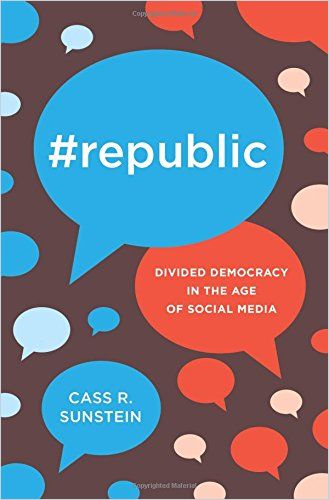
But conflict leads to divisions and antagonism that can be exploited and misdirected. It’s easy to see how polarized anger spills into the streets and threatens self-governance. It can also spill into the workplace. Don’t let this happen.
Lowering the Temperature at Work
When the world at large is divided, it’s inevitable that divisions may intrude at work. Don’t ignore the elephant in the room. Conflict at work eats into productivity, creates secrecy and resentments and most importantly, erodes trust. Without trust, co-workers see diverse viewpoints as threatening. Don’t confront anger with anger; it will likely make things worse. Deliberately strive not to say things in a way you know another will take personally.
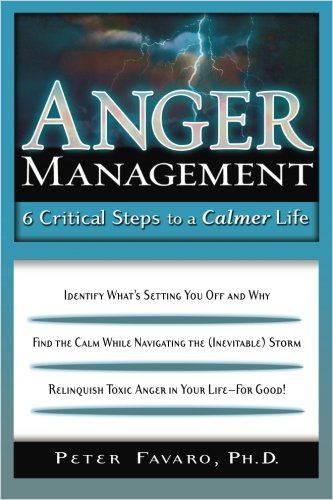
De-escalate tense situations by being diplomatic about how you say things. Just listening with respect and empathy will go a long way to cooling heated situations. Beware of bullies who use “predatory anger” to control others.
Many angry predatory people have a difficult time accepting responsibility for the consequences of what they do. Nothing is ever their fault. This is called blame externalization.
Peter Favaro
When it comes to politics, pick up a few pointers from the Swiss, known for their cool-headed neutrality.
Also know that, generally speaking, “free speech rights” are not protected in private companies unless related to work conditions. Companies can avoid political T-shirts and other apparel with a carefully worded dress code that applies equally to everyone. Employees have a right to express their personal views on social media on their own time and computer, but it’s prudent to have a clear policy in case someone’s personal posts have a detrimental effect on a company’s reputation. This might cover video or posts that go viral.
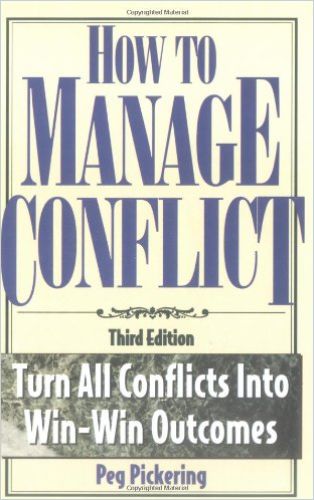
When it comes to politics, keep in mind that people are often quite emotionally invested. Create an atmosphere of safety in which to discuss conflicts. Be compassionate but stick to the facts. Look for solutions and identify common ground together. Remember all effective communication begins with listening.
Kick the Anger Habit
Daniel Goleman, author of Emotional Intelligence, says humans have “two minds,” a thinking and a feeling mind. When the amygdala hijacks the brain, ideally, your neocortex, the seat of reason, quickly catches up and reins in your impulses. Part of building emotional intelligence is recognizing your emotions when they arise in order to manage, not suppress, them.
Knowing something is right ‘in your heart’ is a different order of conviction – somehow a deeper kind of certainty – than thinking so with your rational mind.
Daniel Goleman
Rage, says Goleman, is a challenging emotion because it can feel exhilarating. Distractions, solitude and exercise are all good ways to counterbalance anger.
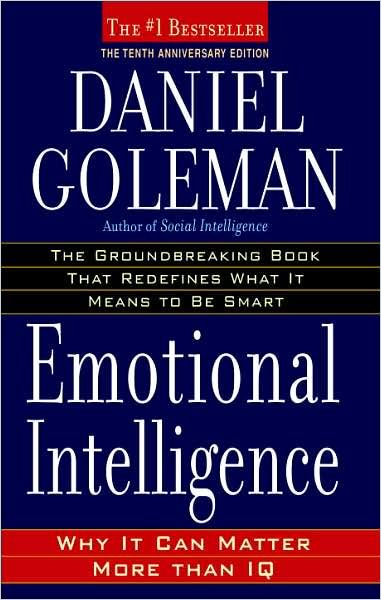
Anger is natural, and everyone gets angry occasionally, although for some people anger is their default emotion. But chronic anger leads to ill health, relationship troubles and bad choices that sometimes result in violence. In addition, chronic anger – anger you can’t manage – can also hurt your cognitive ability, disrupting short-term memory and memory-making. Cortisol lowers serotonin, a hormone that makes you feel happy, leaving you more vulnerable to pain and anger, and more prone to depression or aggressive behavior. Consider the sources for your anger, cultivate respect for others and give up trying to control your environment unreasonably.
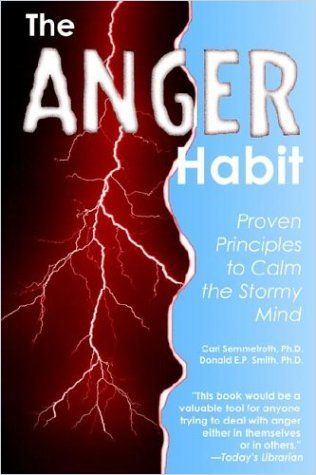
Develop mindfulness methods to increase your own self-awareness of your emotions, and when you feel agitated, take a deep breath. It really works.
Review the steps you can take to prevent being a target of a disinformation campaign:
For more on managing conflict:
